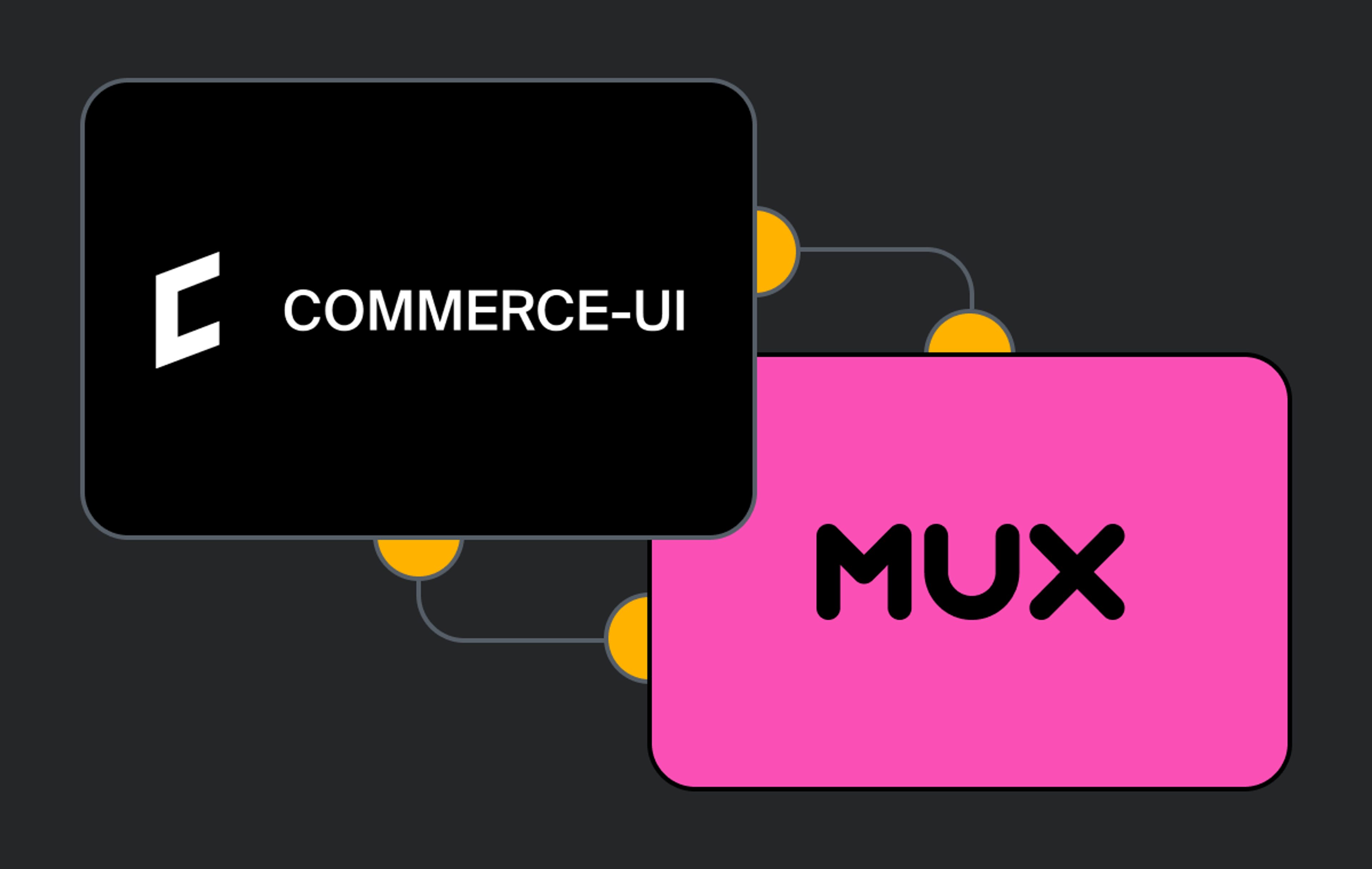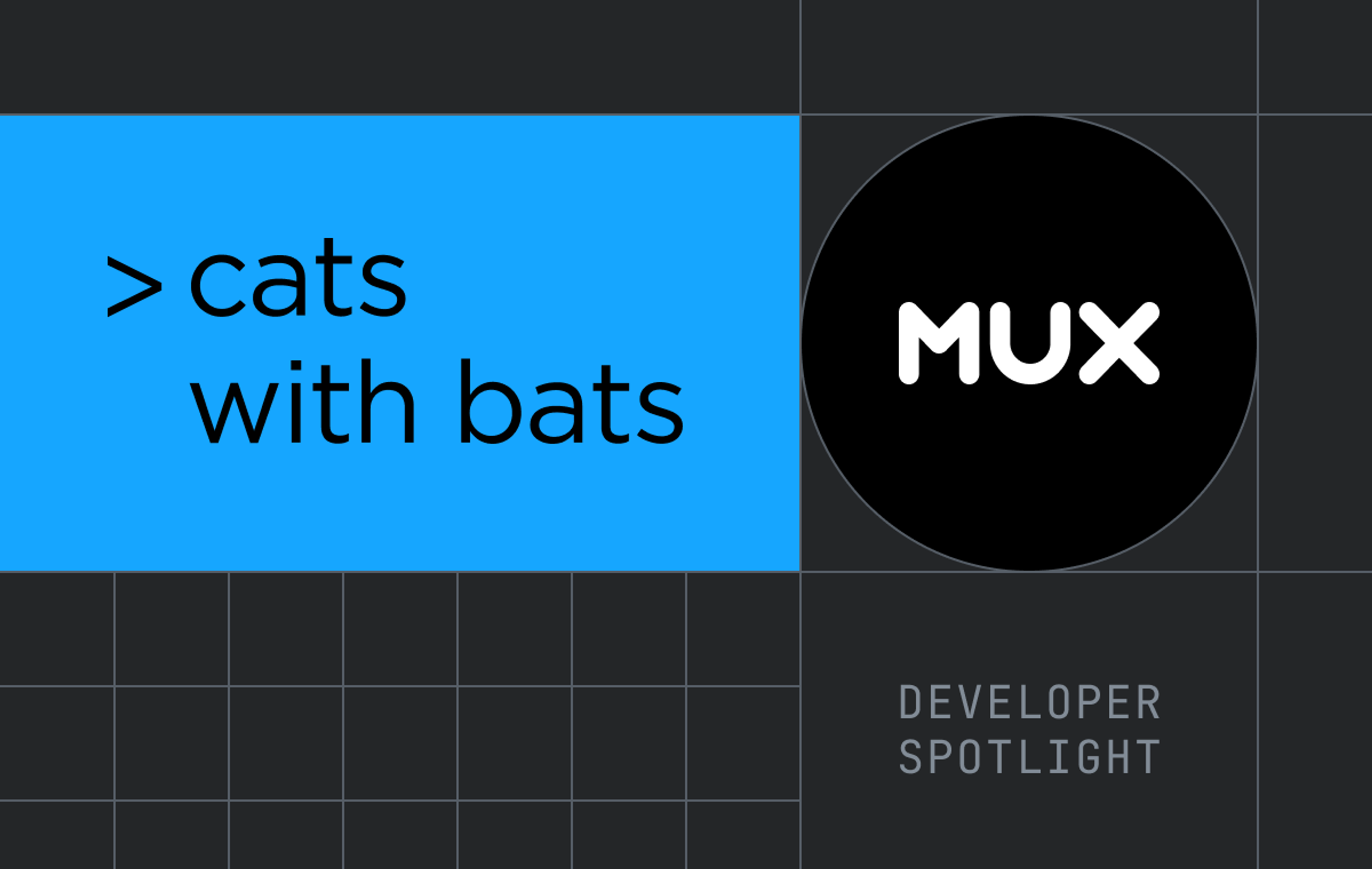Spotify, in their own words, is “the world’s most popular audio streaming subscription service”. Their goal is to revolutionize all forms of audio for their growing community of more than 574 million users, across 184 markets. This goal comes with a growing attention toward podcasts. As they did with music, so they are doing for the podcast industry, by “building a best-in-class podcast platform and transforming how creators create and monetize their work.” With a hugely successful portfolio of original podcast content, produced and created in-house by their subsidiaries and through partnerships with the most popular global creators, they are certainly leading the industry.
Since Spotify launched their video podcasts, also known as vodcasts, in 2020, they have seen a rise in engagement over the last 3 years and now serve more than 100,000 video podcasts globally (as of June 2023). Considering that podcasts were known as “audio blog posts" in the early 2000s, with the term “podcast” coined by combining both “iPod” and “broadcast” in 2004, we’ve come a long way to ultimately attract and retain the attention of a listener, though, these days, more often a viewer. Video gives creators an additional opportunity to “connect deeper with [their] audience” in a way we’ve never seen before. Research shows that “90% of information transmitted to the brain is visual, and visuals are processed 60,000X faster in the brain than text”. Supported by both creator feedback and science, it’s clear that video is a powerful medium for podcasts, so it should come as no surprise that it is part of the ever-expanding Spotify podcast landscape: in some regions, video podcasts account for more than 50% of podcast consumption in just 3 years since they launched (wow!).
Given the success of Spotify’s services, it makes perfect sense that they would emphasize video podcasts, supporting both their creators and respective audiences — but what does this actually mean for the viewers’ Quality of Experience (QoE)? When the Spotify team expanded their content types to include more traditional long-form content like video podcasts, Marcus Hamrin, senior product manager at Spotify, and his team realized that they “had a long way to go in terms of proper observability, and in order to quickly ensure a good experience for both creators and consumers, we went looking for a partner to help us.”
“We’ve always had a wealth of data,” Marcus said, “but the challenge was making that data useful for decision-making. While the data served us well to prevent or manage more serious situations, we couldn’t easily answer important questions about how we could improve, how we compared to others, or which segments of our users we could serve better.”
Enter Mux: a video infrastructure and QoE analytics tool that helps developers easily build video into their products and provides viewer QoE and engagement analytics. The team began their exploration of Mux Data and chose to partner with Mux because they were looking for, in Marcus’ words, “a simple integration that could handle the volumes and make sense of the data.”
Mux was integrated at a 30% traffic volume to start and was immediately utilized by product managers, engineering managers, and individual contributors across a range of levels. They used it to investigate use cases from incident debugging, find details regarding an incident as part of the resolution work, and conduct postmortem reporting to impact assessment, make performance improvements, and compare this data across other tools. Being able to look at individual views was particularly helpful, as it provided insight into single user sessions. Marcus shares, “Being able to visualize whether a user had a poor experience, like encountering things like buffers, errors, etc., brings urgency and inspiration to make improvements. Learning about the user’s journey helped the team build empathy with the user.”
“Qualitatively, we know we’ve been able to use Mux to resolve incidents faster, sometimes significantly faster, than before,” says Marcus. “We always learn from our incidents, and the data we’re able to pull from Mux has dramatically accelerated our learnings.”
Starting at a 30% traffic volume met Spotify’s initial needs and gave them time to validate Mux Data’s impact. Yet as the team expanded its catalog and introduced new internal audiences (customer and creator support), it became necessary to increase the traffic volume — and one that was especially helpful as this Mux Data expansion took place was the fact that their new teams didn’t have to be video experts to understand the impact of the data they were seeing. Features like the scoring system have allowed them to identify areas of interest easily. The rich filtering capability allows them to, as Marcus puts it, “isolate certain parameters and learn about key differences, both in an exploratory fashion and a more deliberate way.” This ease of use is what led Spotify to decide to increase the traffic volume through Mux to 100%. Another exciting development earlier this year was Spotify’s integration of Mux Video as their video API to power the marketing material for their creator site here.
Going forward, Marcus notes that “the team plans to expand from primarily looking at how clients behave to looking more closely at how CDNs, content formats, and delivery behave. Our media delivery teams have started using Mux to evaluate tests and experiments to gain additional insights not just about our audience QoE but also around the infrastructure and format opportunities for improvement.” Observing the user journey as Spotify transitions between modalities is something they’re also continuously experimenting with.
“Mux has always been very accommodating in helping us resolve any issues or supporting us in troubleshooting when needed,” shares Marcus. “This has been greatly appreciated, from both an engineering and product point of view.”
The Mux team is excited to continue to grow our partnership with Spotify over the coming years. I know I’m biased, but I personally love working with our customers, especially those whose service I use daily (what a treat!).
Special thanks to Marcus Hamrin for supporting us on this post!



